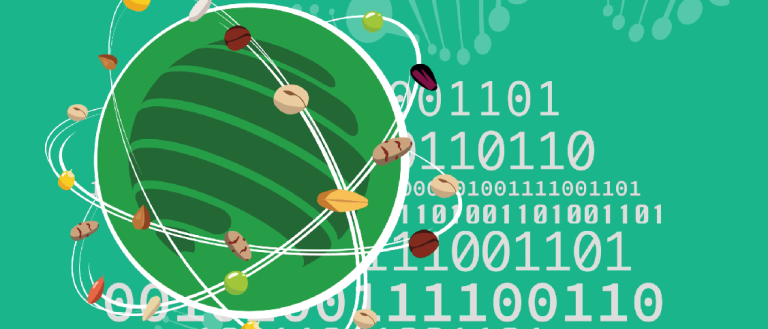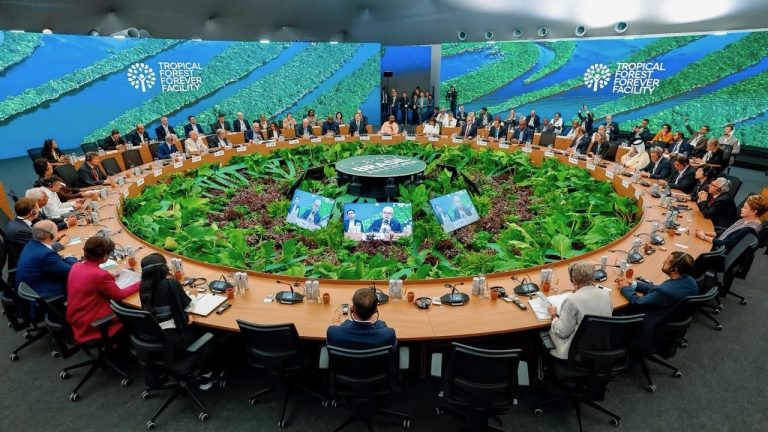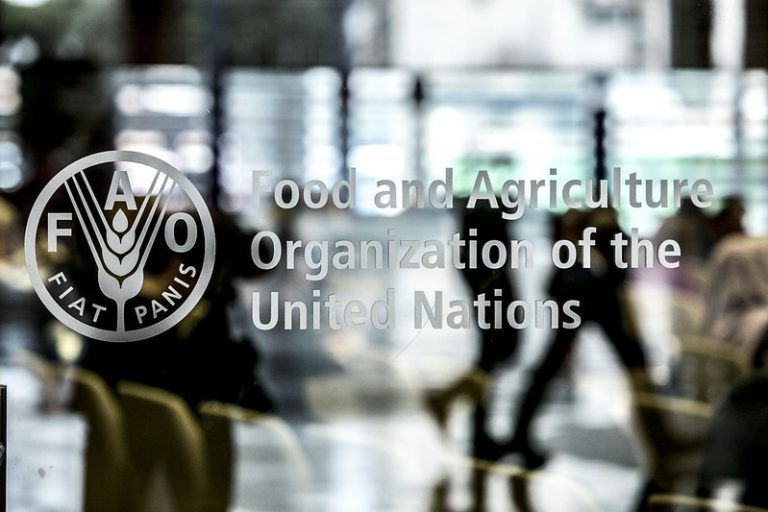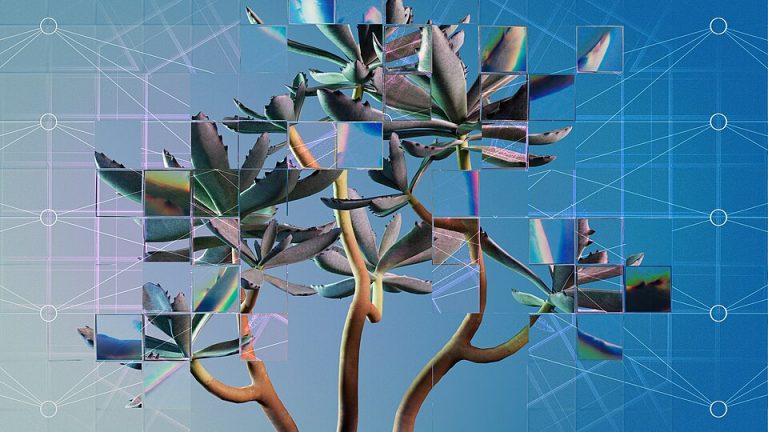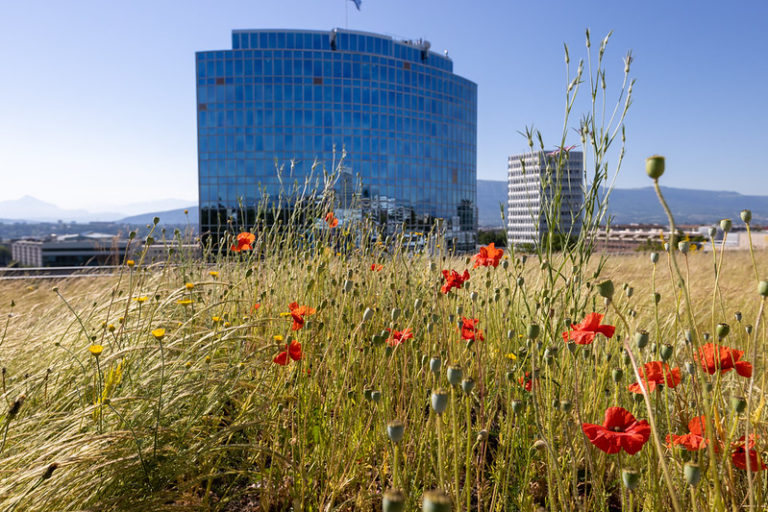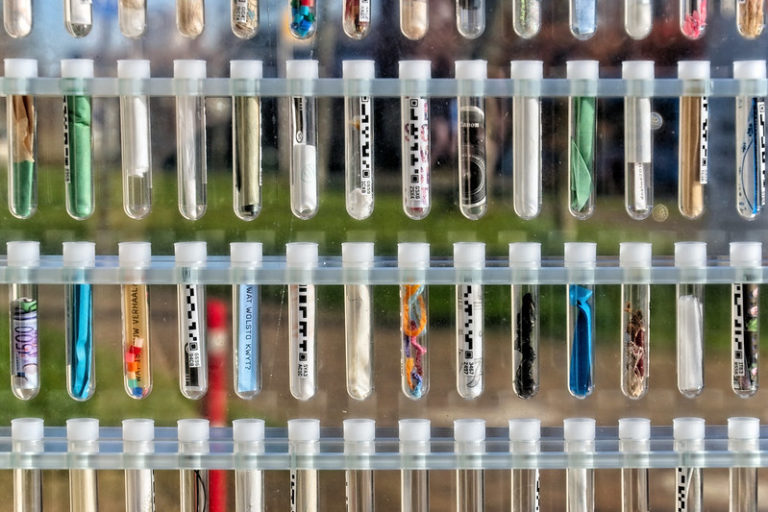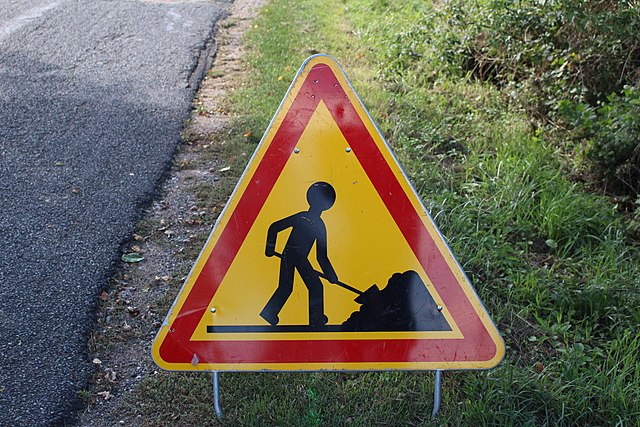News
The ITPGR is working on a controversial reform
At the beginning of April, the ITPGR again discussed the expansion of the list of crops covered by the multilateral system and the revision of the contract governing their use. While some Member States of the Treaty are invoking the need to guarantee global food security, fears are being voiced that there will be a drift in widespread access to peasant and traditional seeds. This would facilitate their patenting, without any real sharing of the benefits, to the detriment of the countries of the “South” and the rights of the peasants.
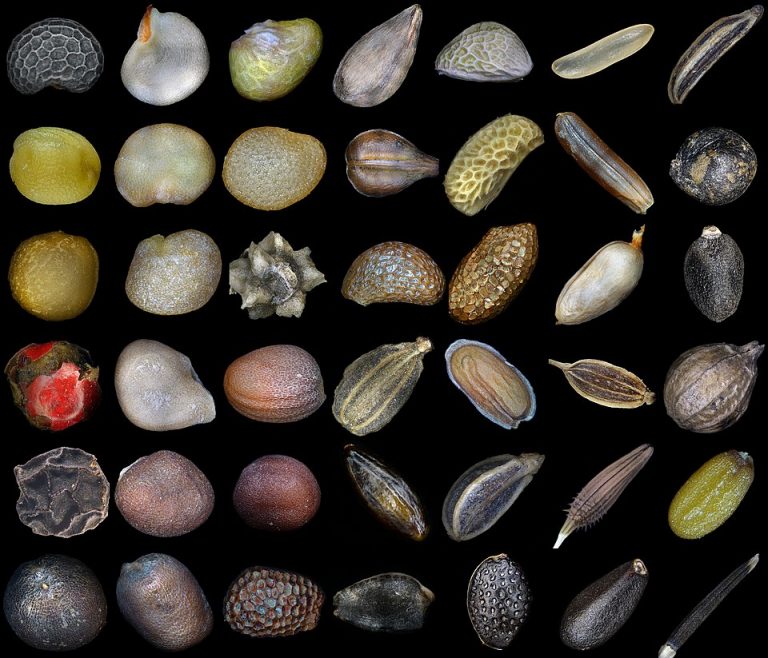
From 1st to 4 April 2025, in Rome, the thirteenth meeting of the ad hoc working group (WG13) of the International Treaty on Plant Genetic Resources for Food and Agriculture (ITPGR) revived a substantive strategic debate: is it necessary, under cover of food security, open access to all agricultural seeds or ” plant genetic resources for food and agriculture” (PGRFA). Species as important as soybeans or tomatoes, and many others, are not covered by the ITPGR Multilateral System (MLS). In response to this pressing demand from the seed industry supported by the countries of the “North” and strengthening international cooperation, Tunisia risks penalizing the countries of the “South“, potential first victims of food insecurity.
Proposals to modify the ITPGR in depth
The WG13 of the Tilapa formulated in its reporti proposals that would profoundly transform the functioning of the multilateral system (MLS). This system allows facilitated access to certain agricultural plant genetic resources (for research, breeding and training), eliminating bilateral benefit-sharing under the Convention on Biological Diversity (CBD) between the peasants who provided their seeds to the MLS gene banks and their users (the seed industry essentially)ii. In exchange, it provides for a ban on claiming any intellectual property rights relating to these seeds (PGRFA), their genetic parts and components, as well as a multilateral sharing of the benefits arising from their use to be contributed to an international fund managed by the Treaty. Its functioning is however criticized, in particular by farmers’ organizations, who consider that their rights are insufficiently protected against the increasing appropriation of their seeds by the patents of multinationalsiii. The countries of the “South” and NGOs denounce the lack of sharing of benefits.
Three “sensitive points” were more specifically addressed by WG13: the expansion of the list of crops covered by the SML (Annex 1 of the Treaty) to all RPGAAiv, the revision of the Material Transfer Agreement (MTTA) and the adoption of a resolution dealing in particular with the issue of digital sequence information, commonly known as “DSI” (Digital Sequence Information).
List of PGRFA
The most significant proposal concerns the abandonment of the closed list in Annex 1, which currently includes 64 plant species, for its opening to “all other PGRFA“, subject to limited exclusions as may be decided by States. The list in the current Annex 1 was built in 2001 on a political and scientific compromise that saw the exclusion, for strategic reasons, of certain species. This was the case, for example, with tomatoes and soya under pressure, particularly from Brazil and Chinav, which thus wanted to keep control of access to these species.
DSI
Without a text having been finalized, the WG13 proposed a framework for sharing the benefits related to the use of DSI or GSD (Genetic Sequence Data), whether monetary or not, major subject in the context of new genetic modification techniques and patents concerning themvi. The integration of so-called “non-monetary” benefits (technology transfer, capacity building…) is still under debate. Among the important points:
i) continuation of the provisional use of the terms « digital sequencing information/sequencing data »,
ii) integration of the subject DSI/GSD in a draft resolution, and not in the revised ATTM, which greatly weakens its legal scope,
iii) focus on the commercialization of PGRFA regardless of the source of the ISD/GSD,
iv) general support for open access to this digital sequencing data.
But since access to the ISD/GSD of PGRFA is now free on the independent electronic databases of ITPGR, users of these ISD/GSD are not bound by any of the obligations resulting from access to these PGRFA, nor prohibition to patent, nor benefit sharing, which can only be voluntary.
ATTM
The co-chairs of WG13 propose, in the revised draft ATTM, a new payment structure focused on subscription with advance payment, as supported by the “South” countries and NGOsvii. This modality is considered the basic option for benefit sharing. There are two other options before the working group: a deferred payment (with a higher rate) and a triggered payment upon commercialization of the product from a particular PGRFA (” single access option“). The scheme also provides for the possibility of voluntary contributions deductible from the amount of mandatory payments, in particular to cover profits derived from the use of ISD/GSD information associated with PGRFA. The revised ATTM would come into effect as of July 1, 2026, which will also be the date of opening of the subscription option.
A reform that would broaden access without guaranteeing fair sharing
This reform of the ITPGR says it wants to make the multilateral system (MLS) more attractive and accessible, particularly in the face of climate challenges and biodiversity loss. It will be discussed by the Governing Bodyviii of the Treaty at the end of 2025, but is already giving rise to strong criticisms, particularly regarding the enlargement of Annex 1 and the patentability of the DSI/GSD.
The WG13 working group talks about expanded access to new resources (PGRFA) held mainly by the countries of the “South” (58% only for Africa and Latin America)ix. Apparently favorable to these countries pending an effective sharing of benefits, this measure may however worsen the existing imbalances. These countries risk being further excluded from any sharing of the profits generated from their own resources through free access to DSI/GSD databases. This runs counter to the objectives of the CBD, which promotes fair and equitable sharing of benefits arising from the exploitation of genetic resources, a principle that Peru is helping to implement in the agricultural sector. In practice, profit-sharing obligations are rarely enforced. Although the ATTM is designed to frame any use of PGRFA from the SML, the effective implementation of clauses intended to protect the suppliers of these resources, particularly in terms of intellectual property and benefit-sharing, is almost impossible to control.
Since its establishment, the multilateral system has allowed more than 112,000 transfers representing 6.7 million samplesx. Yet, in 2021, only 5 companies, including Nunhems/Bayer (91%) and Bejo Zaden, contributed to the Sharing Fund for a total of less than 400,000 dollarsxi. The ATTM has many flaws, including the difficulty of linking PGRFA and final product as well as the lack of traceability of multiple exchanges and effective use of each PGRFA. Indeed, research can use a genetic resource from the SML only in an initial phase, without integrating it directly into the final product. Thus, even if the resource has been useful in the process that ends with the selection of a new PGRFA, its use will not be counted in the calculation of benefit sharing. Moreover, these resources are often solicited by the research community, which is not required to contribute to the benefit-sharing fund. In addition, however, researchers frequently collaborate on projects with private companies. There is then a risk that they will use the resources beyond the project’s objectives, in particular to develop commercial seeds protected by intellectual property rights, without declaring their origin, thus bypassing benefit-sharing obligations.
Moreover, the current development of a “digital biopiracy“, via open access to DSI/GSD contained in public or private databases, further penalizes the countries of the “South“, the main suppliers of PGRFA. This data can be used to develop new varieties and patent traits without direct access to the original PGRFA, thus escaping the IPR ban and any benefit sharing. This flaw calls into question the integrity of the multilateral system.
How to reform while respecting sovereignty ?
The ITPGR reform raises an essential political question: to whom do the seeds belong, and according to what rules can they be shared on a global scale? The Treaty was originally conceived as an instrument of international solidarity aimed at rejecting the appropriation by IPRs of an apparent “common heritage of humanity” in order to preserve agricultural diversity and ensure food security in a spirit of cooperation. If they are not rectified, is this reform initiative not likely to further aggravate the imbalances generated by the historical misapplication of the ITPGR?
To avoid this, the members of the ITPGR could impose several obligations on themselves. For example, real transparency on the use of PGRFA, explicit and rigorous integration of DSI/GSDs into the scope of benefit sharing, and a ban on confiscating PGRFA along with IPRs on the contained DSI/GSDs. The countries of the “South” as well as local and indigenous communities could also be given a central place in the governance of the system. Only under these conditions can the proposed expansion of Annex 1 to the Tipaa be accepted by all countries.
The GT13 continues an open negotiation cycle in 2013 with a deadline now set for the end of the year 2025. The Treaty could come out of it deeply reworked. In an ideal scenario – although unlikely – the Treaty would achieve its objectives of equitable seed sharing, without becoming, as many actors denounce it, an instrument of appropriation of plant genetic resources hidden behind a semblance of solidarity.
i FAO/ ITPGR, “THIRTEENTH MEETING OF THE AD HOC OPEN-ENDED WORKING GROUP TO ENHANCE THE FUNCTIONING OF THE MULTILATERAL SYSTEM”, April 2025.
ii The ITPGR is the particular application of the CBD for plants.
iii Guy Kastler, “DSI: dematerialised biopiracy”, Inf’OGM, le journal, n°176, July – September 2024.
iv Article 2 of the ITPGR defines PGRFA as “genetic material having actual or potential value for food and agriculture“.
v FAO et Bioversity International, “Plant Genetic Resources and Food Security stakeholder perspectives on the international treaty on plant genetic resources for food and agriculture“, p. 11, 2011.
vi Guy Kastler, “Interconnections between new biotechnologies and DSI or GSD”, Inf’OGM, July 11, 2024.
vii Third World Network, “Info Service on Biodiversity and Traditional Knowledge”, 4 April 2025.
viii The Governing Body brings together all the countries that have ratified the Treaty.
ix Third World Network, “Info Service on Biodiversity and Traditional Knowledge”, 1st April 2025.
x Ibid.
xi FAO, “The Benefit-sharing Fund: 2020–2021 report”, 2022.






